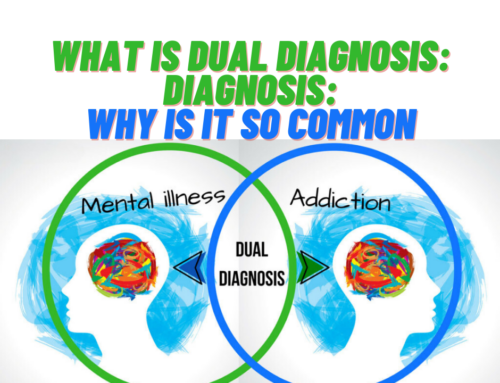Thousands of people have been dying from opioid addiction in recent years. In most states west of the Mississippi, meth is the biggest killer with cocaine ranking third. Unfortunately, the funding for opioid treatment is required to cover meth and cocaine treatment as well. With such limited funding available to cover these deadly addictions, it’s crucial to understand how this money is used.
Why is it So Dire for Funding to Go Towards Treating Meth and Cocaine?
First, the House Energy and Commerce Committee sent letters to federal agencies requesting detailed information on evolving patterns of cocaine and meth use. Meth is now produced by Mexican cartels and smuggled across the border. This drug is less expensive than similar stimulants, even if the purity is high. There is also a greater supply of cocaine, as growing cocaine has become more widespread in Colombia. When laced with fentanyl, cocaine has been contributing to overdose deaths. The expanded amount of cocaine has also lowered its price, making it nearly as affordable as meth. Cocaine and meth addiction are also more complicated to treat, in some ways, than opioids. There are medications for opioid addiction, while cocaine and meth treatment involves mostly counseling and support. Federal funding could significantly improve the available treatment options for cocaine and meth users.
What is the Government Doing About This?
Lawmakers of both political parties and the Trump administration have broadened the scope of a $1.5 billion grant, which was initially only for opioid treatment. Starting this year, states will be able to use those federal dollars to treat addiction of all varieties. Mark Stringer, the director of Missouri’s Department of Mental Health, believes this will be a game-changer in states where meth is more common than opioids. Senator Jeanne Shaheen worked with Republican and Democratic leaders to add stimulants to the 2020 spending bill. If another drug crisis breaks out during election year, federal lawmakers do not want to be held responsible. If the nation has been seeing progress in opioid treatment, these federal dollars can help contribute to the same results with cocaine and meth treatment.
What is the Future of the Expansion of the Federal Grant?
The federal Substance Abuse and Mental Health Services Administration is preparing to let states know of these newly available funds. In the future, state officials want Congress to shut down the opioid money and turn it into an extensive grant block program. This would mean a lot of money to treat addiction with fewer restrictions. More awareness of drug overdoses means more treatment options can be available.
Located in Georgetown, Texas, Alta Loma is a transformative living center to help those struggling in early recovery to transition out of our Psychiatric and Substance Abuse inpatient center. Alta Loma believes that addiction is born from an untreated mental illness in which our facility is willing to help you. Our facility offers residency, medication management education, individualized treatment, life skills education, 12-step support, and more tools to bring patients the confidence to be able to live an independent life. For more information, please call us at 866-457-3843.



